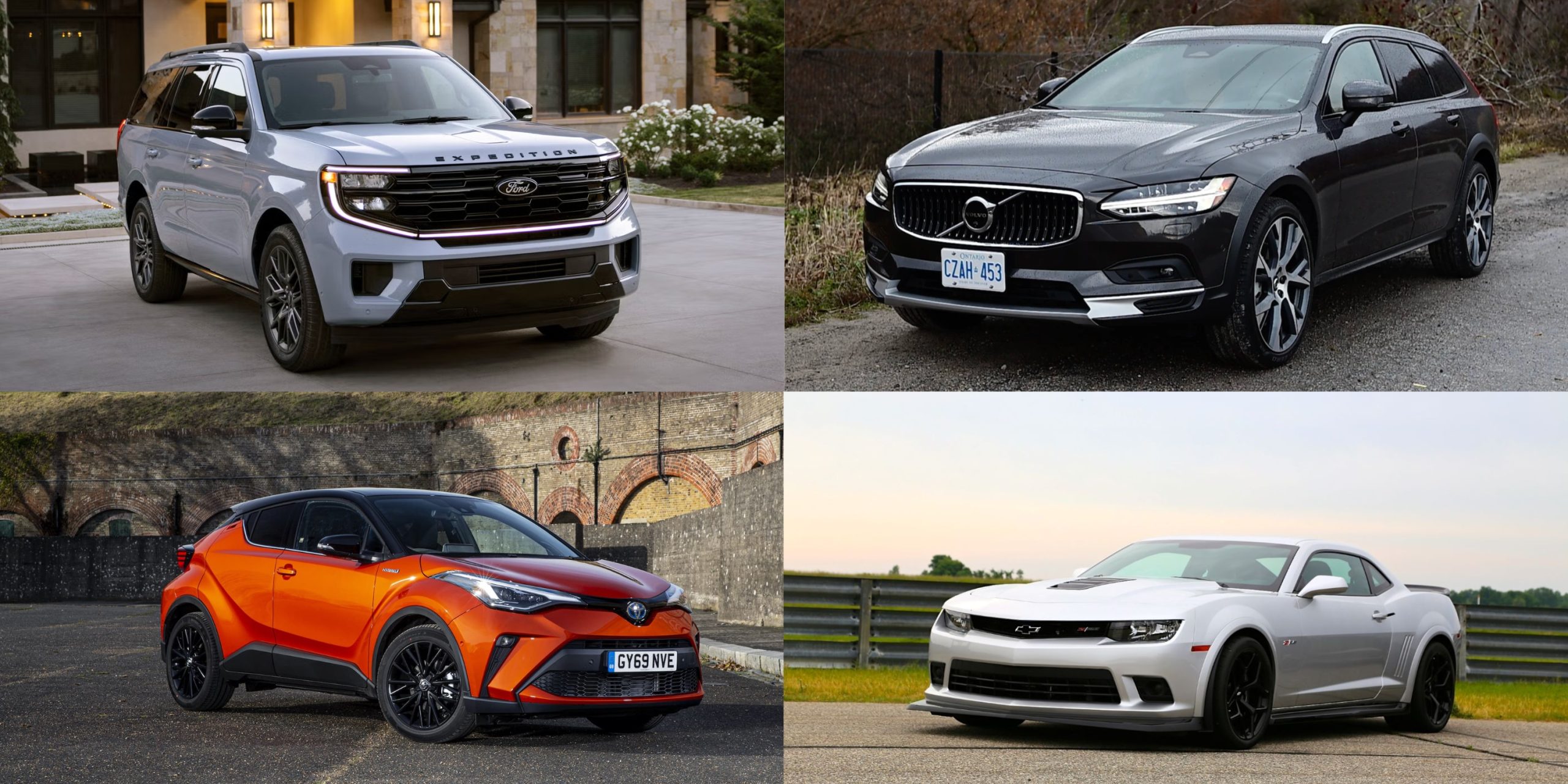Whether you’re a weekend warrior, outdoor enthusiast, tradesperson, or a parent with a jam-packed schedule, hauling gear is a part of everyday life for many drivers. From sports equipment and camping supplies to tools, musical instruments, and bulky Costco hauls, the right car can make a massive difference.
It’s not just about trunk volume—it’s about how accessible, flexible, and functional the space is. Cars that shine in this department tend to have flat-folding seats, wide openings, low load floors, and thoughtful storage solutions. But not all vehicles are created equal when it comes to hauling cargo.
Choosing the wrong vehicle can quickly become a logistical headache. Trunks that are too shallow, sloped rooflines, non-folding back seats, or limited vertical space can turn a simple task, like loading a bike or a couple of coolers, into a game of Tetris.
Even many SUVs that look spacious from the outside end up disappointing when it’s time to pack up for a trip. And in some cases, vehicles are so focused on performance or design that they forget about utility entirely.
This list separates the gear haulers from the gear failers. We’ll start with five cars that are built to carry it all, whether it’s luggage for a cross-country road trip or hardware for your next DIY project.
Then, we’ll look at five vehicles that might impress in other ways but fall flat when it comes to space. If you regularly find yourself packing up your life—or someone else’s for the road, this guide will help you pick a vehicle that doesn’t fold under pressure (but whose seats definitely should).
Also Read: 5 Cars With DIY-Friendly Maintenance and 5 That Need Specialists
Cars That Are Perfect for Hauling Gear
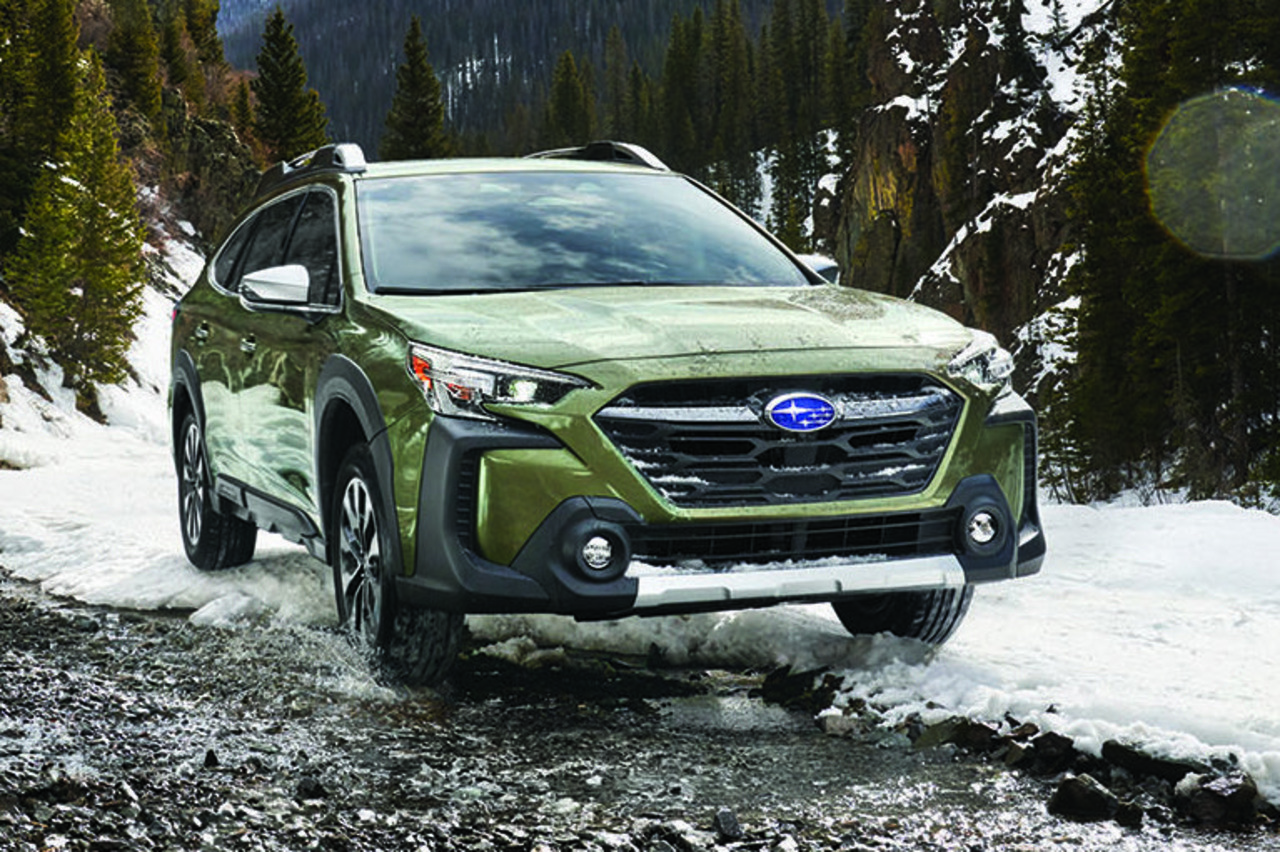
1. Subaru Outback
The Subaru Outback has become a go-to for gear-heavy lifestyles, and it’s easy to see why. It offers a perfect balance between SUV versatility and car-like drivability.
With over 75 cubic feet of cargo space with the rear seats folded down, the Outback can swallow everything from skis and tents to toolboxes and large coolers. Its low load floor and wide rear hatch make accessing that space simple, even when lifting heavy gear.
What sets the Outback apart is how thoughtfully it’s designed for active lifestyles. The rear seats fold completely flat, allowing for smooth and efficient packing.
Roof rails with integrated crossbars come standard, giving you a place to mount bikes, kayaks, or cargo carriers right out of the box. Subaru’s symmetrical all-wheel drive ensures that no matter the terrain, your gear—and your plans—stay on track.
Inside, the Outback is built to be practical. There are cargo tie-downs, underfloor storage areas, and durable materials that hold up to dirt and dings.
Plus, it’s easy to clean after a muddy hike or sandy beach day. Whether you’re a mountain biker, a contractor, or someone who just loves road-tripping, the Outback is a capable hauler disguised as a wagon.

2. Honda Passport
The Honda Passport is one of the most underrated midsize SUVs when it comes to utility. With nearly 78 cubic feet of cargo space, the Passport is a gear-hauler’s dream. It has a wide, boxy cargo area that makes the most of every inch, perfect for loading up bins, bikes, or lumber.
Its rear seats fold flat in a 60/40 split, offering flexibility depending on how much gear you’re carrying and how many passengers are along for the ride.
The rear load floor is low, and the liftgate opening is tall, which means even awkwardly shaped items slide in easily. The underfloor cargo compartment adds hidden space for valuables or messy gear—ideal for camping, tailgating, or contractors who need to store tools securely.
The Passport’s all-wheel drive and high ground clearance also make it a solid pick for off-road or bad-weather hauling.
Inside the cabin, large storage bins, deep cupholders, and wide door pockets add even more practicality. While the Passport isn’t flashy, it’s functionally brilliant for people who need to move a lot of stuff without stepping up to a full-size SUV. If you value space over frills, it checks every box.
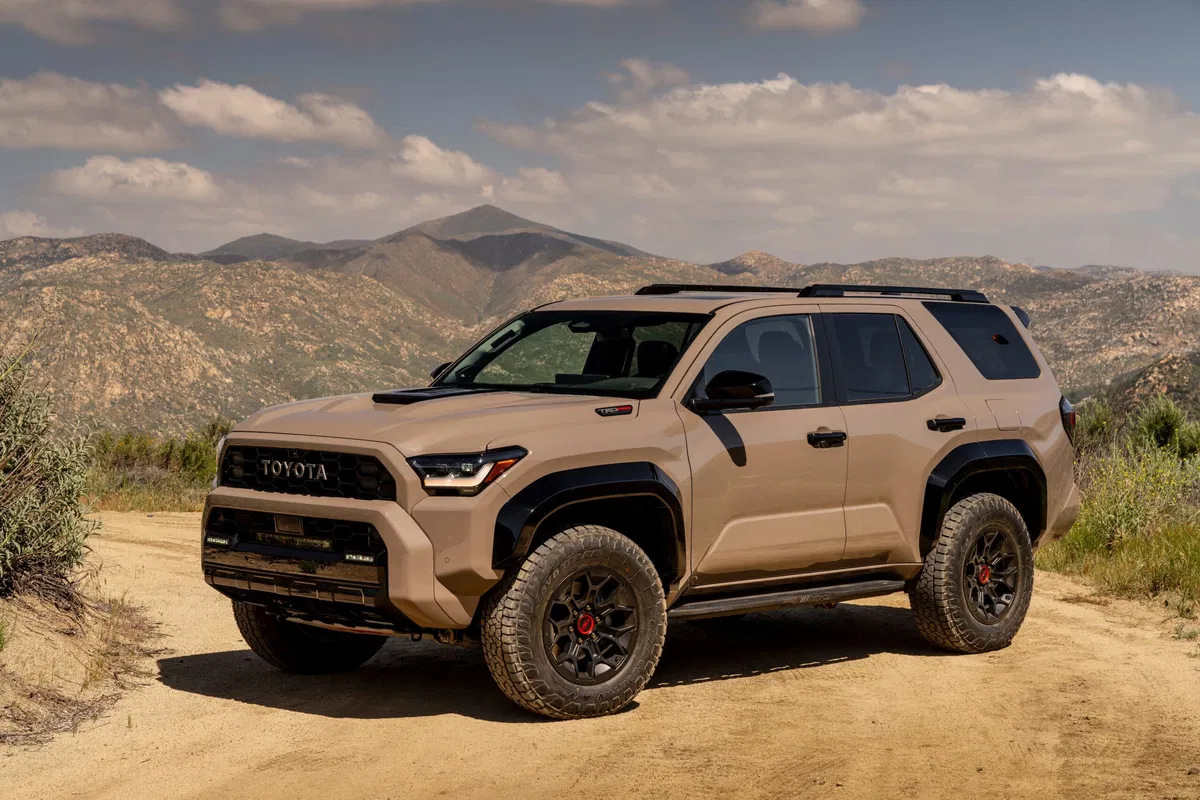
3. Toyota 4Runner
The Toyota 4Runner is built with ruggedness in mind, but what makes it a standout for hauling gear is its boxy, old-school design. That shape translates into usable space—up to 89.7 cubic feet with the second-row seats folded.
You can stack gear high without worrying about sloping rooflines or awkward corners. Plus, the available sliding cargo tray in the back makes it easier to load heavy items without straining your back.
Its truck-like platform gives it the strength to handle heavy loads, and its roof rails can support roof boxes or racks with ease.
Whether you’re hauling gear for a fishing trip, a weekend at the lake, or a building project, the 4Runner gives you room to breathe. It’s also one of the few SUVs that still feels truly ready for adventure, even when fully loaded.
The 4Runner may not have the plushest ride or the most modern interior, but it’s designed to get the job done.
With its high ground clearance and available 4WD, it’s the kind of hauler that doesn’t mind a little mud or gravel on the way to your destination. If you’re more into utility than tech bells and whistles, the 4Runner delivers big.
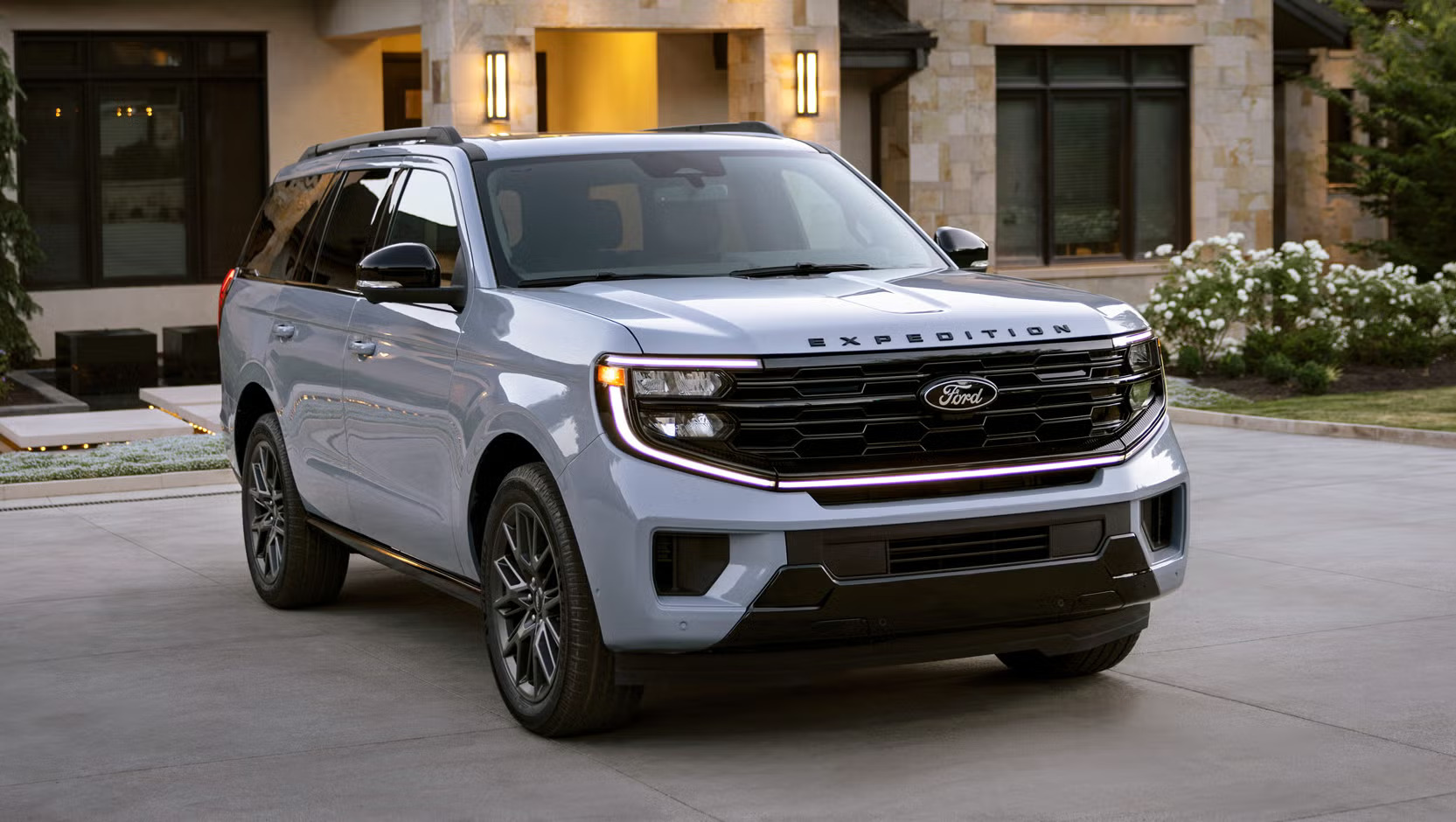
4. Ford Expedition MAX
If you need space—a lot of it—the Ford Expedition MAX should be on your radar. It’s one of the largest SUVs on the market, offering a massive 121.5 cubic feet of cargo space when the second and third rows are folded flat.
That’s enough room for full-size furniture, large instrument cases, or half the soccer team’s gear for the weekend tournament. The Expedition MAX also makes smart use of its volume. The fold-flat rear rows create a long, uninterrupted space that makes sliding in heavy or long objects easy.
There are power-folding seat options too, meaning less physical strain when reconfiguring the interior. The wide rear opening and low load height for such a large SUV further enhance its gear-hauling credibility.
Inside, it’s filled with practical storage compartments, USB ports, and even a rear-seat entertainment option for when you’ve got passengers along for the ride. Towing capacity also plays a big role—the Expedition MAX can pull up to 9,000 pounds when properly equipped.
For families, sports teams, or small businesses needing both passenger space and serious cargo flexibility, this SUV is hard to beat.
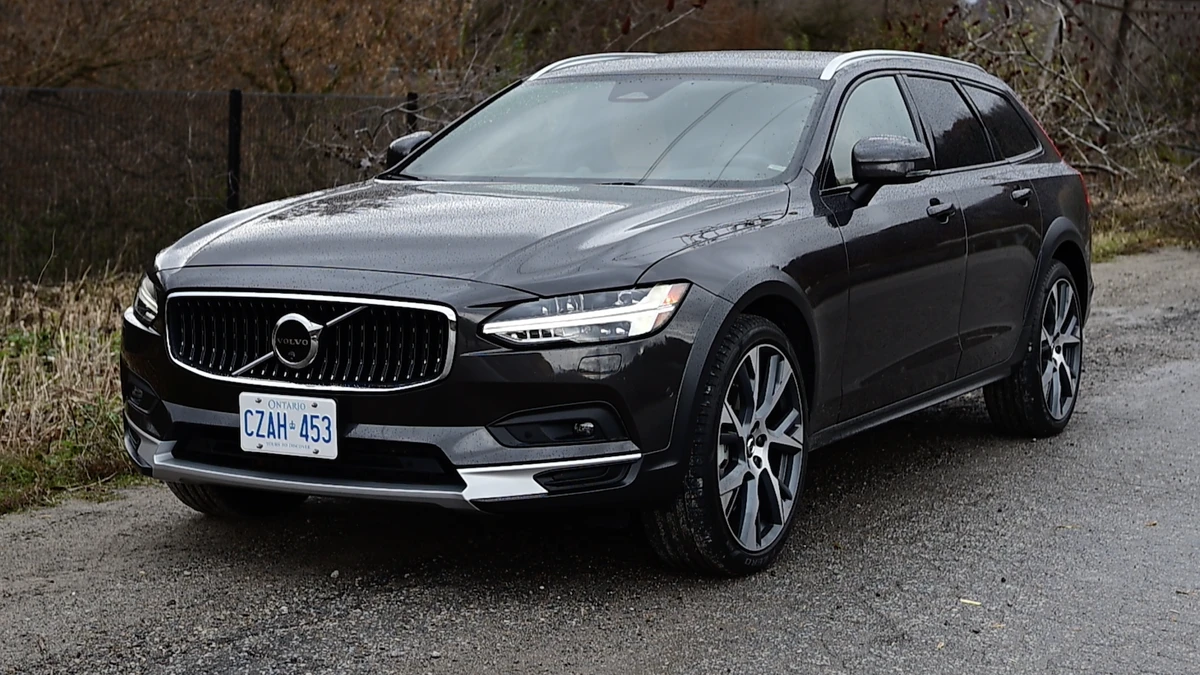
5. Volvo V90 Cross Country
If you’re looking for something that hauls like an SUV but drives like a luxury car, the Volvo V90 Cross Country is the sleeper pick.
With its 69 cubic feet of cargo space and wide-opening hatch, this luxury wagon can easily accommodate golf clubs, camping gear, skis, and everything in between, without the bulk of a traditional SUV.
The seats fold completely flat, and the cargo floor is low and wide, making it especially convenient for those who prefer not to lift heavy items too high.
Volvo also includes clever features like a pop-up grocery holder in the trunk and cargo security nets to keep things from sliding around. It’s ideal for people who like to stay organized while carrying a lot.
On the road, the V90 Cross Country offers a serene driving experience with all-wheel drive and a soft, controlled ride.
You get the comfort of a premium sedan with the practicality of a crossover. For those who want a refined hauler that doesn’t scream “utility,” this wagon hits the sweet spot between elegance and everyday usefulness.
Cars That Lack Space
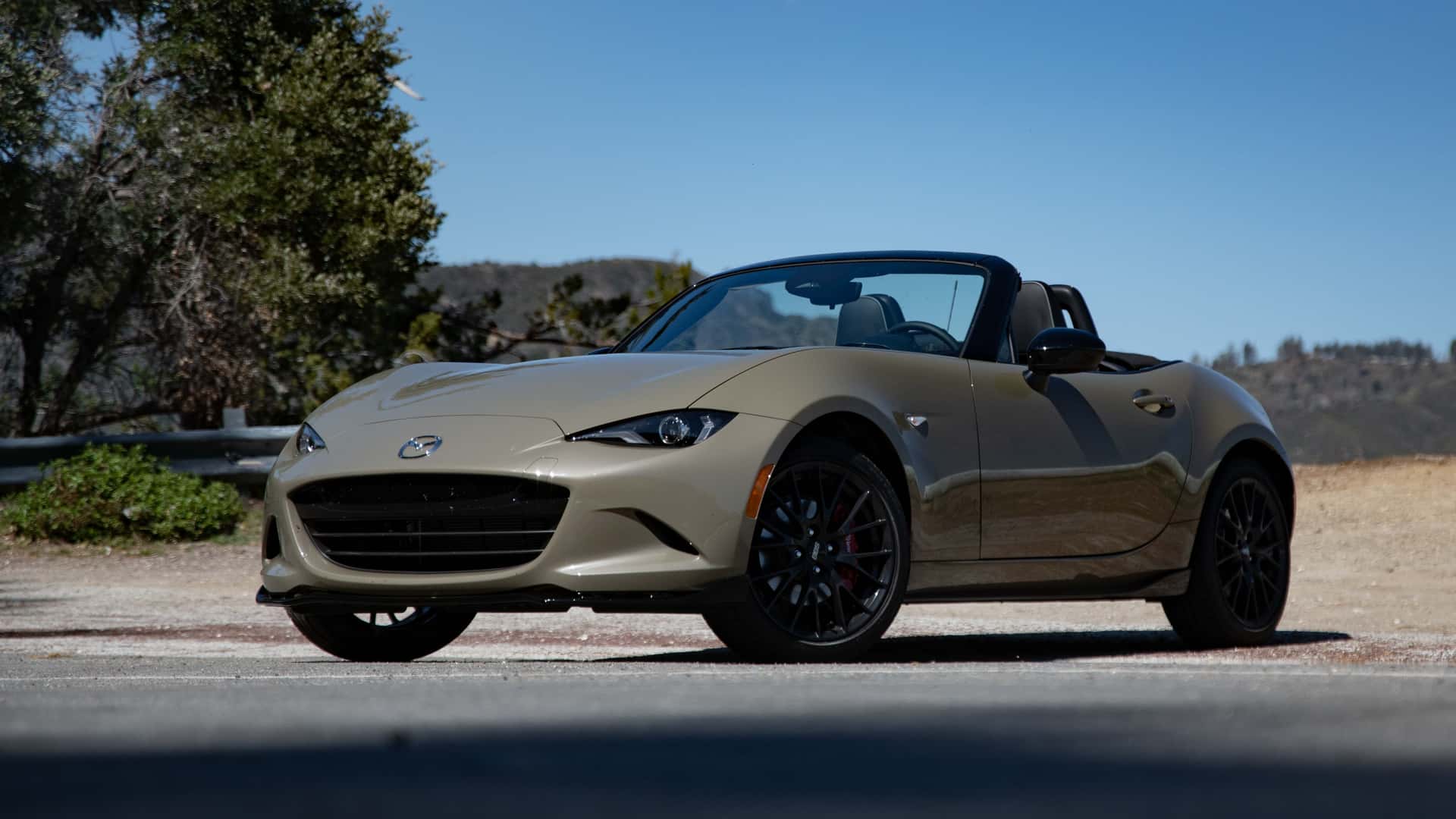
1. Mazda MX-5 Miata
The Mazda Miata is a blast to drive and beloved by car enthusiasts, but if you’re trying to haul anything more than a backpack or a few groceries, it’s not the car for you.
The Miata’s trunk offers just 4.6 cubic feet of space—less than some motorcycle saddlebags. You can forget about carrying golf clubs, large suitcases, or even a week’s worth of camping gear. It’s designed for fun, not function.
The cabin is equally limited. There’s almost no interior storage—no traditional glove box, small door pockets, and a tiny center console.
There’s also no rear seat to fold down for extra cargo space, meaning what you see is what you get. You’ll need to get creative with packing, and even then, your options are slim.
For solo road trips or daily commutes with minimal baggage, the Miata is perfectly enjoyable. But if you’re hoping to haul sports gear, instruments, or anything larger than a duffel bag, it’s just not built for the task. The Miata is the definition of a driver’s car, not a hauler’s.

2. Mini Cooper Hardtop
The Mini Cooper Hardtop is a style icon with nimble handling, but it’s no cargo king. The two-door model offers just 8.7 cubic feet of space behind the rear seats—less than most compact sedans.
Fold the rear seats down, and you get around 34 cubic feet, but the shape of the cargo area, with its high load floor and short length, limits what you can actually fit.
The rear hatch is narrow, and bulky gear like suitcases or musical instruments can be a tight squeeze. The short roof also limits overhead storage capacity if you’re planning to add a roof rack. And if you do need to use the back seat for passengers, cargo space disappears entirely.
The Mini is fun and efficient in tight urban environments, but it’s far from practical when it comes to hauling. Whether it’s a grocery run or a weekend getaway, you’ll be playing a game of space management. It’s charming, sure—but when it comes to gear, it just doesn’t deliver.
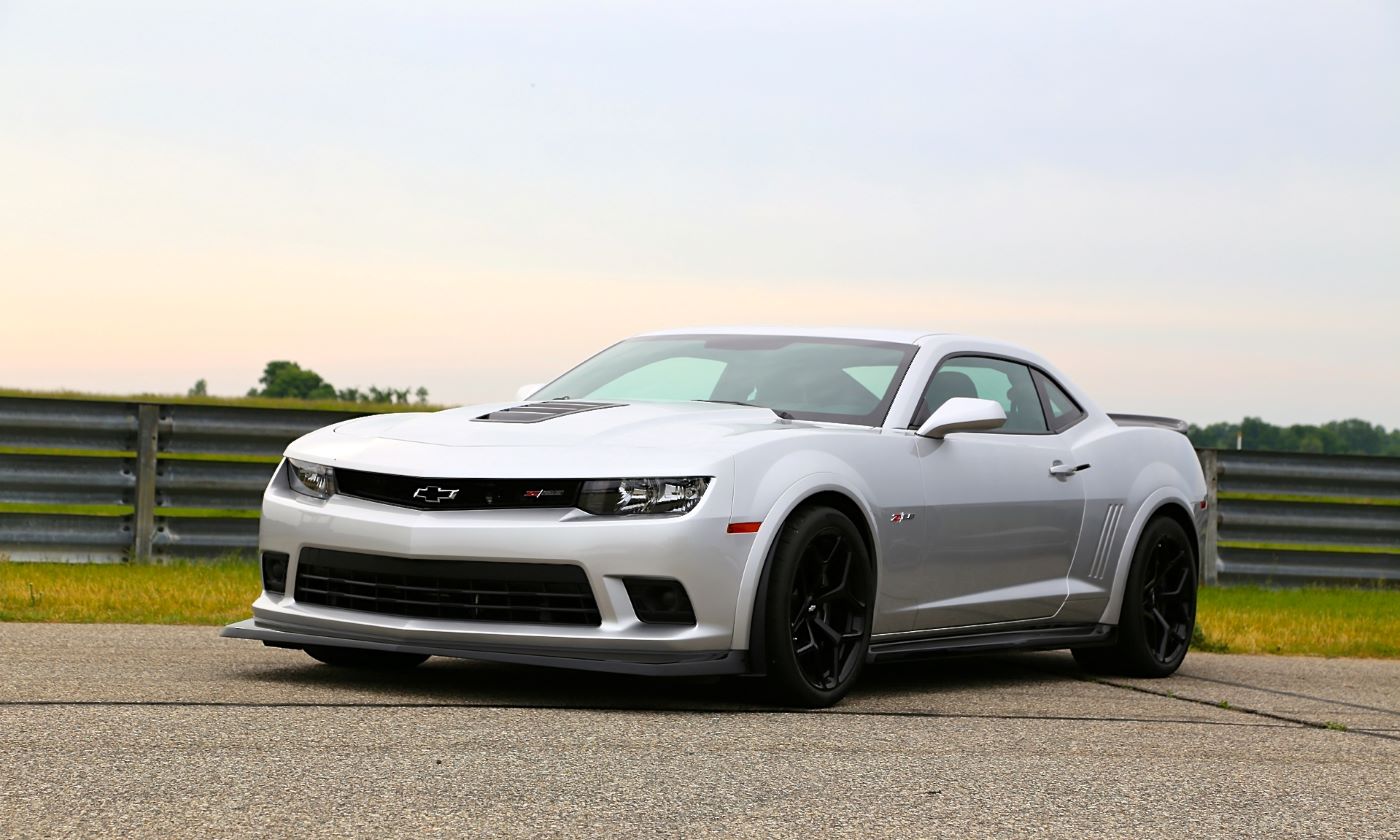
3. Chevrolet Camaro
The Camaro is a classic muscle car known for power and performance, but its utility leaves a lot to be desired. With just 9.1 cubic feet of trunk space in most trims—and a trunk opening shaped like a mail slot—it’s frustrating even to load standard luggage, let alone bigger gear.
If you’ve got golf clubs, sports equipment, or tools, you’ll need to measure twice and bend your gear to fit.
The rear seats don’t fold down in some trims, and even when they do, the pass-through space is narrow and irregular. You won’t find helpful features like a flat load floor or a wide trunk aperture. Even backpacks and grocery bags can become awkward to pack without creative positioning.
Add in the coupe’s long doors and low-slung cabin, and the Camaro becomes even less practical. It might turn heads and make your heart race on the highway, but when it’s time to haul anything, this car’s beauty is mostly skin deep.
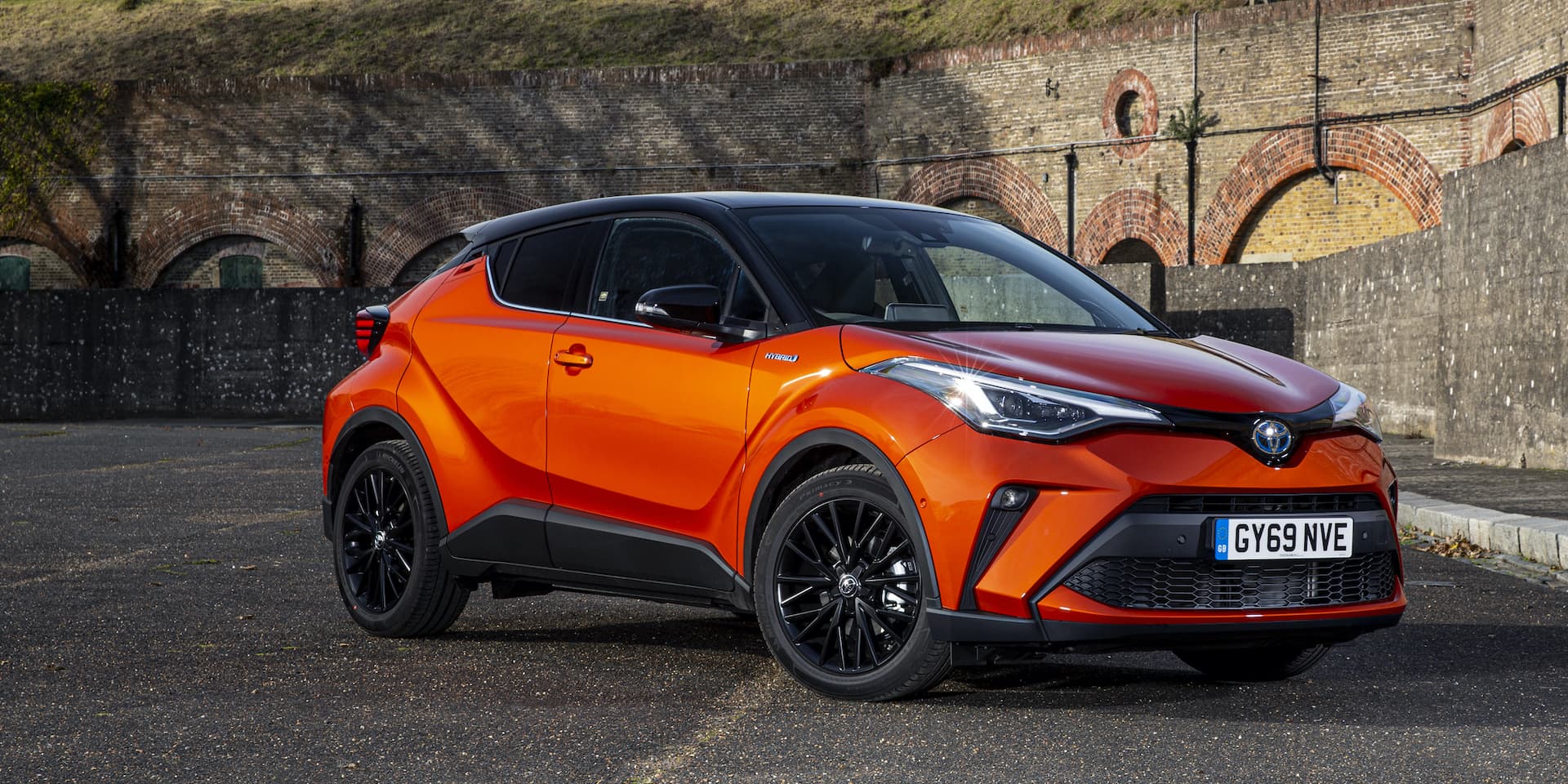
4. Toyota C-HR
The Toyota C-HR may look like a compact SUV, but it doesn’t deliver when it comes to interior space. Despite its stylish exterior, the C-HR only offers about 19 cubic feet of cargo space behind the rear seats, less than many hatchbacks.
Fold the seats down, and you get just under 37 cubic feet, which still lags behind most crossovers in its class. The sloped roofline and small rear hatch limit how much you can fit and how easily you can load it.
Large or tall items can be especially tricky, and the lack of underfloor storage or seat-flattening flexibility means you’re often forced to leave gear behind. There’s also limited storage in the cabin itself—small bins and tight cupholders don’t help when you’ve got more than just the basics.
For city commuters who carry a light load, the C-HR works. But if your lifestyle involves hauling sports gear, hardware store runs, or travel luggage, you’ll likely outgrow it fast. It looks like an adventure vehicle, but it lacks the substance to match the style.
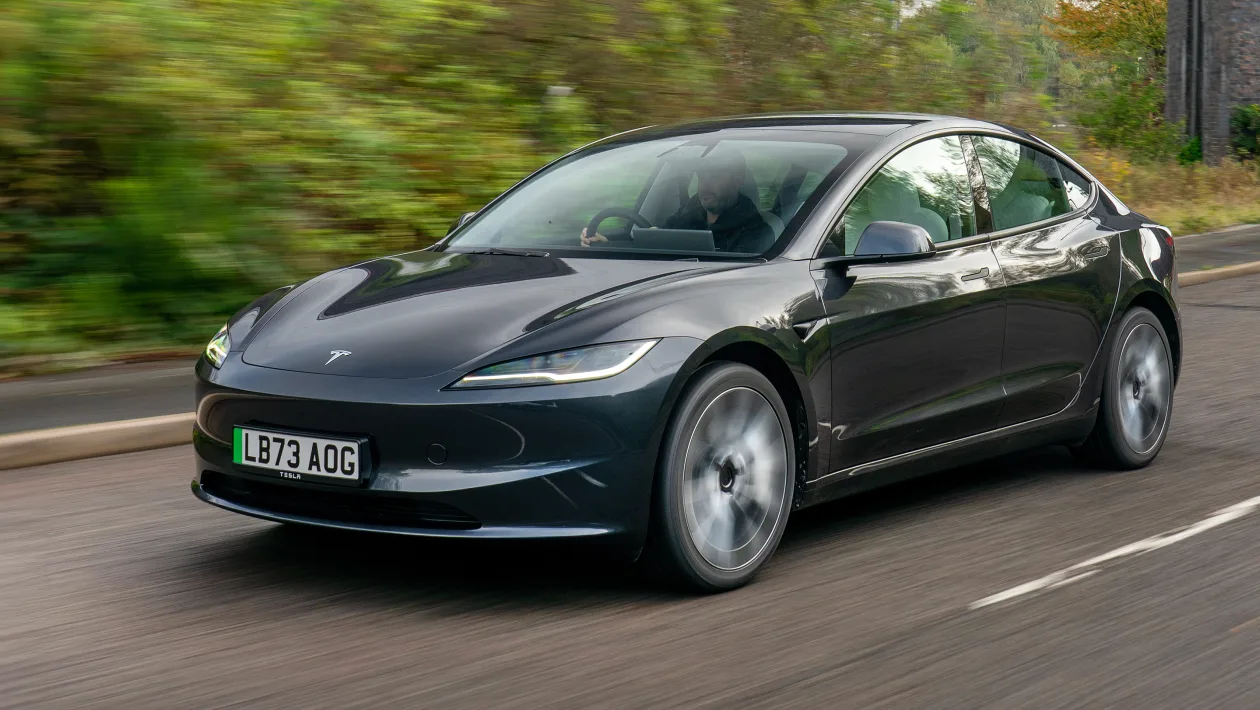
5. Tesla Model 3
The Tesla Model 3 is sleek, futuristic, and quick, but when it comes to cargo, it’s limited by its sedan design. The trunk provides around 15 cubic feet of space, which is fine for everyday groceries or luggage but quickly becomes cramped when hauling larger items.
The rear seats fold, but the trunk opening itself is relatively small and doesn’t allow for large or bulky gear to slide in easily. Unlike a hatchback or SUV, the Model 3’s sedan layout creates a hard ceiling for vertical space.
You can’t stack boxes or bins the way you might in a crossover. While the “frunk” (front trunk) adds a bit of bonus storage, it’s small and oddly shaped—good for a gym bag, but not much else.
For a tech-savvy commuter, the Model 3 does a lot right. But if you’re someone who needs to move gear on a regular basis—whether it’s tools, equipment, or travel essentials—it quickly starts to feel too limiting. It excels at many things, but cargo hauling isn’t one of them.
Also Read: 5 Compact Cars That Run Forever and 5 That Won’t Make It Past 150K
Whether you’re a weekend warrior, a business owner, or simply someone who likes to be prepared for anything, a car that can haul your gear is more than a convenience—it’s a necessity. The best haulers, like the Subaru Outback, Toyota 4Runner, and Ford Expedition MAX, don’t just offer lots of space.
They provide smart features, easy access, and the kind of flexibility that adapts to your needs. These vehicles understand that life is messy, spontaneous, and full of gear.
On the flip side, some cars sacrifice utility for style, speed, or compactness. Vehicles like the Mazda Miata, Mini Cooper, and Toyota C-HR may have their strengths, but they fall short when it’s time to load up for a trip or tackle a big project.
For drivers who need their vehicle to do more than look good, these cars simply don’t measure up. When you’re shopping for a car that fits your lifestyle, think beyond just the numbers.
Look at how the space is used, how easy it is to access, and whether the car can handle your real-world load, not just your weekend errands. Because at the end of the day, the best car is the one that carries your life, not just your luggage.

